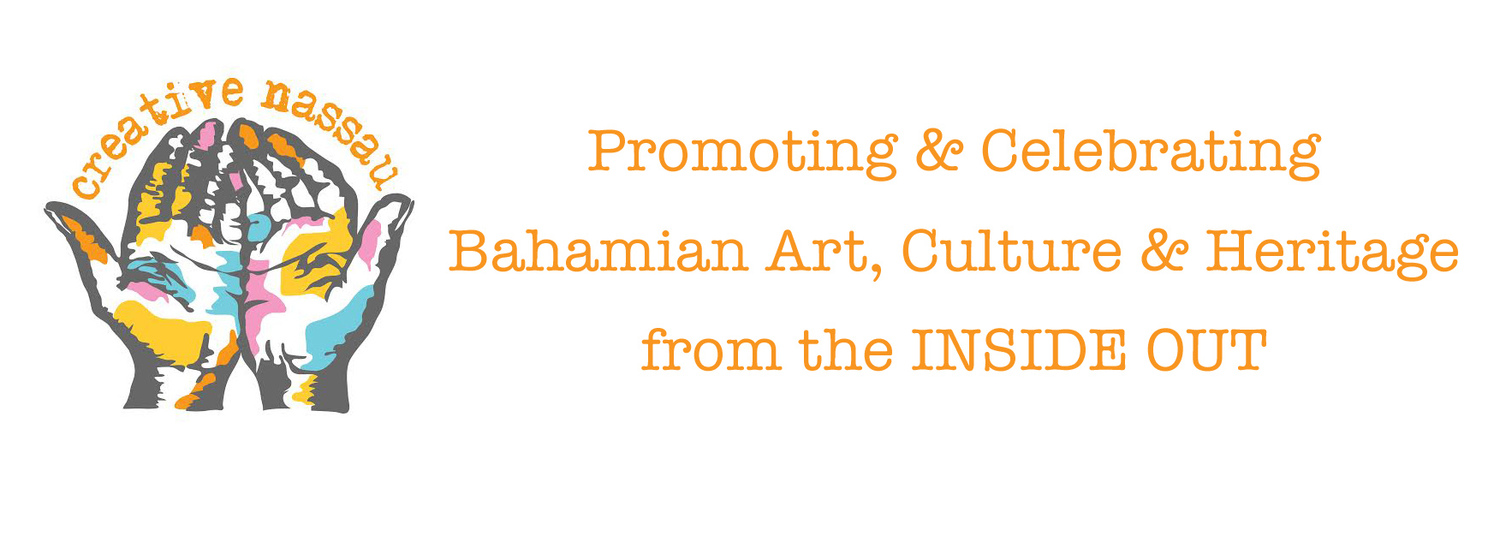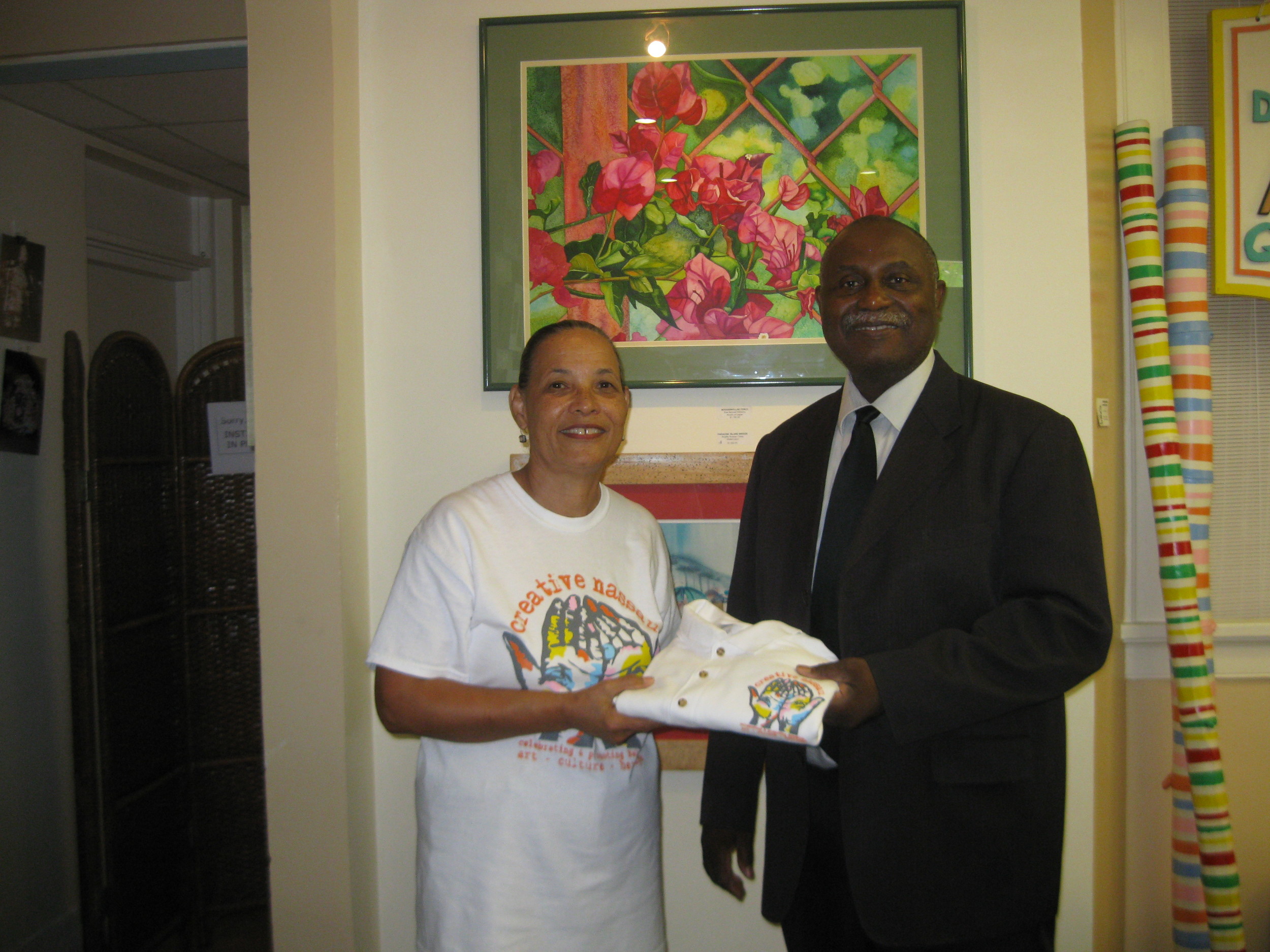They're big, they're loud and they're proud.
Hailing from the balmy Bahamas, the Junkanoo Commandos are about to descend on Edinburgh for a fortnight of crazy carnival times.
We caught up with the group's larger-than-life founder Angelique McKay before she left her home town to come and teach us a thing or two about shaking our tail feathers
Are you looking forward to coming to Edinburgh?
AM: "We are very, very excited to be coming to Edinburgh to be a part of your carnival and to conduct workshops in the weeks leading up to it and to actually be performing on your streets... did I mention that we are very excited to be coming?
"Even though the Junkaoo Commandos have been to England over the years we have never been to Scotland and we are looking forward to spending time up there."
What do you like about the city?
AM: "We like the fact that the city is very embracing of art and culture.
"That is a very big plus to us as artist from the Bahamas, any city that allows us to embrace and express our culture we love.
"We cannot wait to explore Edinburgh."
Tell us what you’ll be wearing to the carnival?
AM: "During the carnival we will be wearing Bahamian-style Junkanoo costumes, but we are not using all of the traditional materials that we use in the Bahamas because of the bleak weather in Scotland.
"Our main material is crepe paper and we made adjustments to go with fabric, we felt that fabric will give the same look and vibrant colouring, but will be a bit more resilient to your weather conditions.
"The theme of the costumes that we will be wearing this year depict various elements of the ocean."
Do people need big personalities to go with their big costumes?
AM: "I never thought about that until you asked, but the Junkanoos take on a new personality it would seem once they have their costumes on and instruments in hand.
"The excitement surrounding our performances is not unlike any stage performance or anxious energy when going on stage, so the short answer to that question is yes.
"Yes, their personalities are huge once they’re in their costumes."
What makes the perfect carnival costume?
AM: "I would say the emotional attachment that you have to your costumes makes it a perfect costume, or in our case a perfect Junkanoo costume.
"We bond with our costumes over a period of time and we each work on our own costume so the attachment that we develop transforms it into the perfect costume."
What everyday things can people use at home to make an outfit?
AM: "In our costumes, the main material is cardboard, white water paint, craft glue, wire - coat hangers can also be used to keep the cost down if that is an issue - and regular crepe paper in a variety of bright colours to bring the designs to life."
Describe what it’s like to be a part of a carnival parade?
AM: "Imagine the anxiety in the pit of your stomach just before you drop from the top of a twenty-story rollercoaster ride, mixed with the joy of winning a million pounds cash from the lottery along with being featured on the front page of the hottest magazine in England.
"Mix them all together and that is the feeling we get when we participate in a parade, it is just an overall feeling of euphoria."
How many people are in the Junkanoo Commandos?
AM: "There are forty members. Our membership is made up from the top four major Junkanoo groups in the Bahamas - the Valley Boys, the Saxon Superstars, Roots and One Family."
Are you planning anything different or exiting for the Edinburgh parade?
AM: "One of the things that will be different is that participants of the workshops that the Junkanoo Commandos will be conducting will parade along with us.
"Their costumes will take on the same pattern and style as those of the Junkanoo Commandos ... anything else you will just have to come to the carnival and see for yourself.
Make your own costumes with the Junkanoo Commandos at Summerhall this weekend and practise your moves at a carnival party on Saturday night.
via FACEBOOK
Save you costumes for the main event on July 20 when the Edinburgh Festival Carnival will bring the city centre to life as a parade of 700 carnival performers make their way from the top of the Mound to the west end of Princes Street.
Free costume and community workshops with the Junkanoo Commandos
July 7, 8, 14, 15: Out of the Blue Drill Hall from 6pm to 8pm. Email anna@adjazz.co.uk to sign up.
July 7 and 8: Wester Hailes WHALE Arts Agency. Contact 0131 458 3267.
July 15 and 16: Goodtrees Neighbourhood Centre. Contact 0131 672 2629.
July 17: West Pilton Neighbourhood Centre. Contact 0131 551 3194.
via Twitter




















